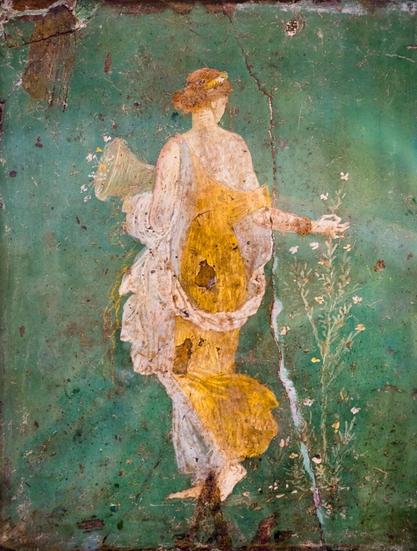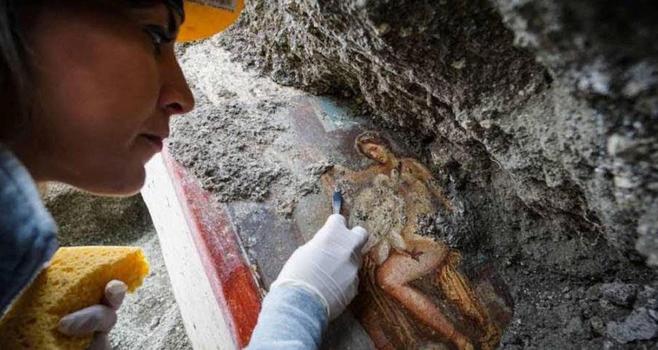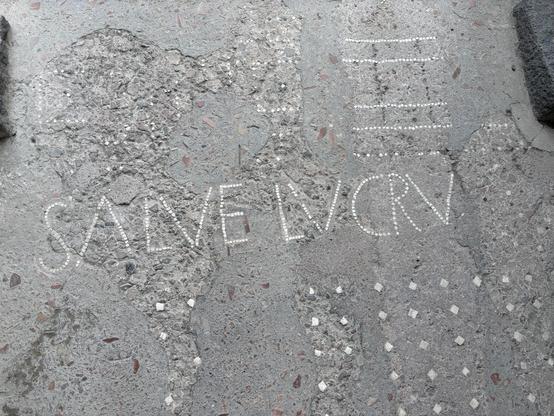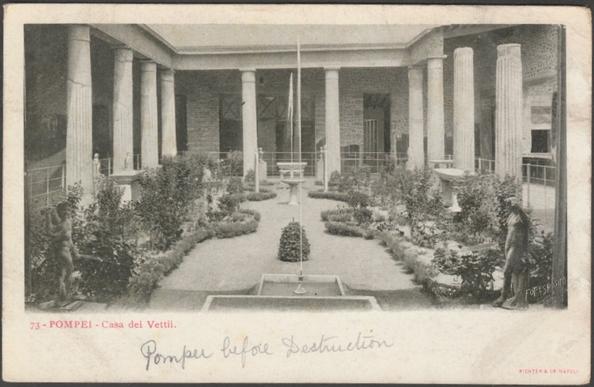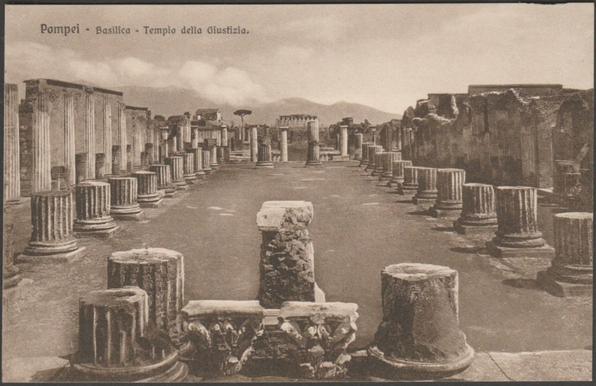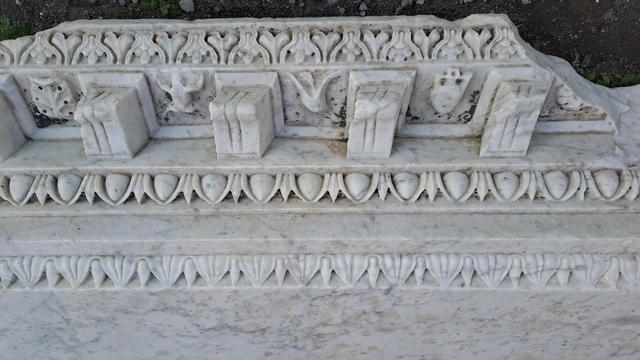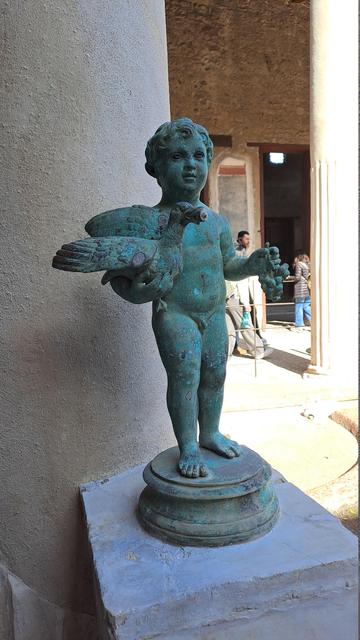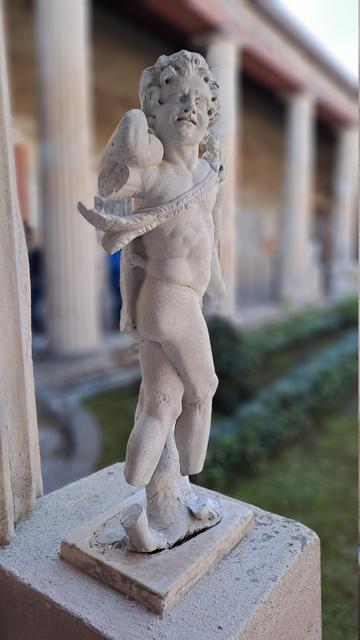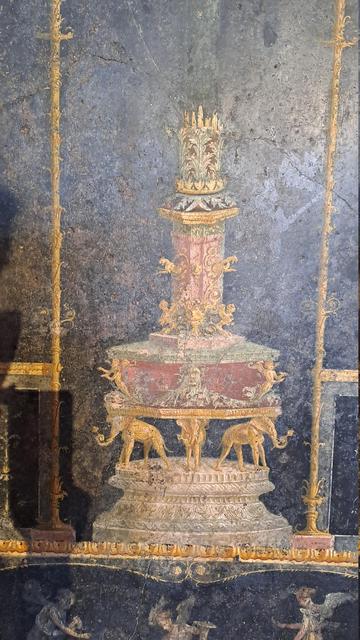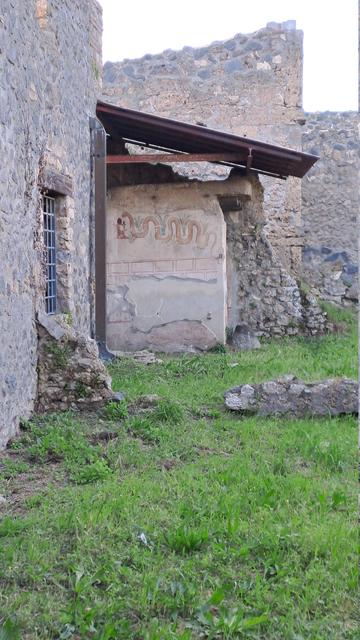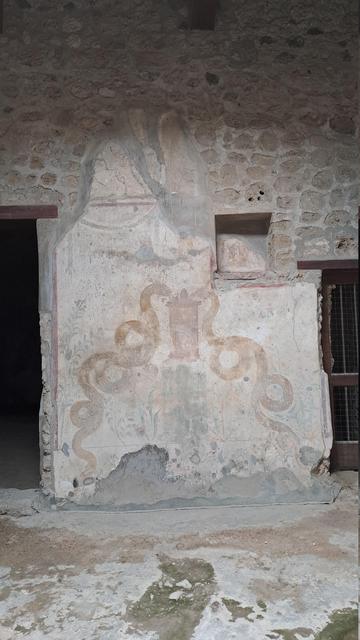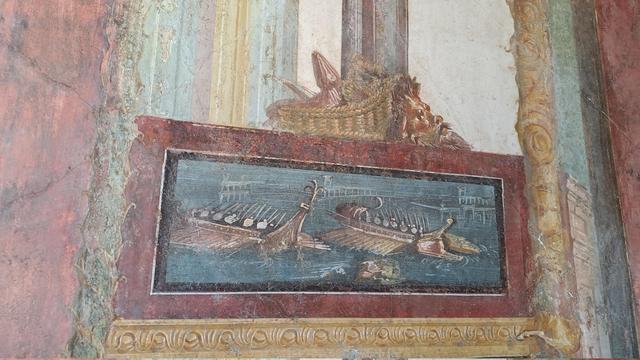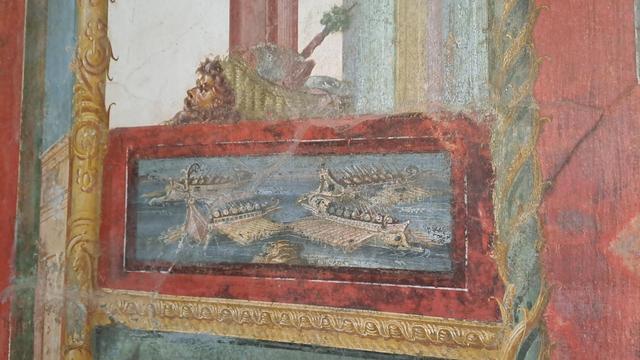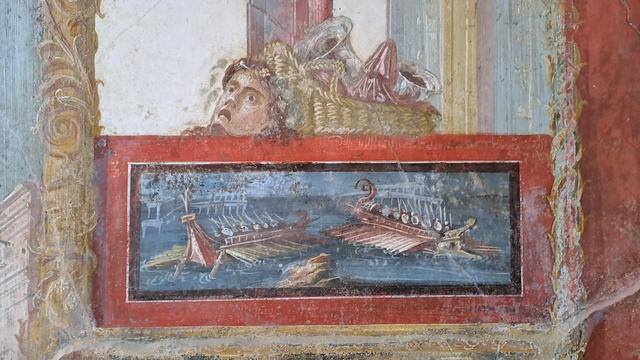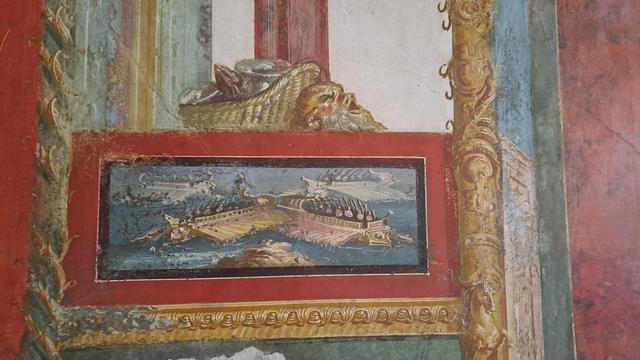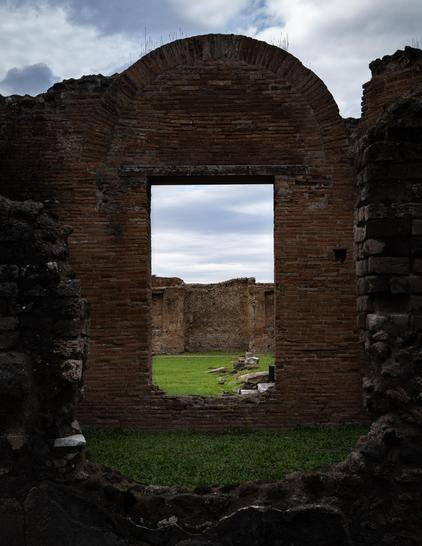»#Immerseyourself in #livinghistory: an #immersiveexhibition brings the last days of #Pompeii back to life.« https://www.heise.de/en/news/With-VR-and-Metaverse-Experience-the-last-days-of-Pompeii-10363864.html?Metaver.se #Metaverse #VirtualWorlds #XR #VR #MR #AR #BeyondPictures
#Pompeii
Pink Floyd Live at Pompeii
A bit of a treat now, an original rockumantary featuring Pink Floyd Live at Pompeii.
Update: as the original film is returning to a cinema near you, as well as on CDs, BlueRays, etc., all videos originally embedded in this post have been removed from YouTube. This is a revised & updated version.
https://www.didiermary.fr/rockumantary-pink-floyd-live-at-pompeii/
Flora (or Persephone or the allegory of Spring)
1st century AD
Fresco (38 x 32 cm)
National Archaeological Museum of Naples
This fresco was found in Villa Arianna in Stabiae. Stabiae was an ancient Roman city, or rather a string of luxury villas stretching along the coast, located on the western side of Italy, in the modern-day region of Campania. It was well known for its luxurious villas and rich maritime trade. The city was destroyed by the eruption of Mount Vesuvius in 79 AD, along with the nearby city of Pompeii. The well-preserved remains of Stabiae, including frescoes and mosaics, offer a unique glimpse into the daily life and culture of ancient Rome. Among the many treasures discovered in Villa Arianna is the fresco of Flora, exhibited today in the National Archaeological Museum of Naples. It is a 38×32 cm fresco, created for the triclinium area of the Villa. The fresco depicts the goddess Flora, the Roman goddess of flowers and spring, surrounded by a variety of plants and flowers. In vibrant colors, intricate details, and naturalistic depictions of plants and flowers, the lovely Flora, a young girl shown with her back to us, delicately gathering spring flowers. Barefoot with a light step, her veil and the hem of her dress floating in the air, Flora turns suddenly to the side to pick a spring from a thin shrub with white flowers. Shown in a relaxed and carefree manner, the goddess is thought to reflect the changing cultural attitudes of the time, the increasing wealth and luxury of the Roman Empire, and may suggest a greater appreciation for the beauty and abundance of nature in ancient Campania.
#Pompeii #Stabiae #fresco #art #Rome
Yeaaaah, finally. That was awesome. #pinkfloyd #pompeii
I přes pokročilý zub času je to stále úžasná hudba na úžasném místě. 🌋
Vermoeiend dagje in Leeuwarden. Maar op tijd terug aan het gaan want vanavond Pink Floyd: Live at Pompeii in het filmhuis in Enschede. Dus op tijd terug! #PinkFloyd #Pompeii
Salve lucrum… two thousand years ago, people were just as subtle as today. #Pompeii #capitalism
Casa dei Vettii, Pompei, c.1905 - Richter & Co Cartolina
https://www.ebid.net/uk/for-sale/casa-dei-vettii-pompei-c-1905-richter-co-cartolina-221742193.htm
"He didn’t run. While Pompeii burned, he prayed — not for survival, but to be heard by gods who had already turned away.” Chapter 12 from Chronicles of Time — where memory meets music. 🎧 www.jtaquin.shop #History #Pompeii #ShortFilm #Philosophy
Basilica, Tempio della Giustizia, Pompei, c.1910s - Brunner Cartolina
And here is some particularly fine marble work from a fallen bit of pediment in the forum at #Pompeii
Here are two statues from the same house in #Pompeii
Also: elephants holding up something for some reason... #Pompeii #FrescoFriday
Loads of snake imagery in wall art at #Pompeii:
#FrescoFriday
1/-
One day late for #FrescoFriday but here are some of my pics from a recent visit to #pompeii
First, some naval battles:
📍Pompeii, Italy
#photography #travel #travelphotography #sony #pompeii #italy #history #ruins #architecture

